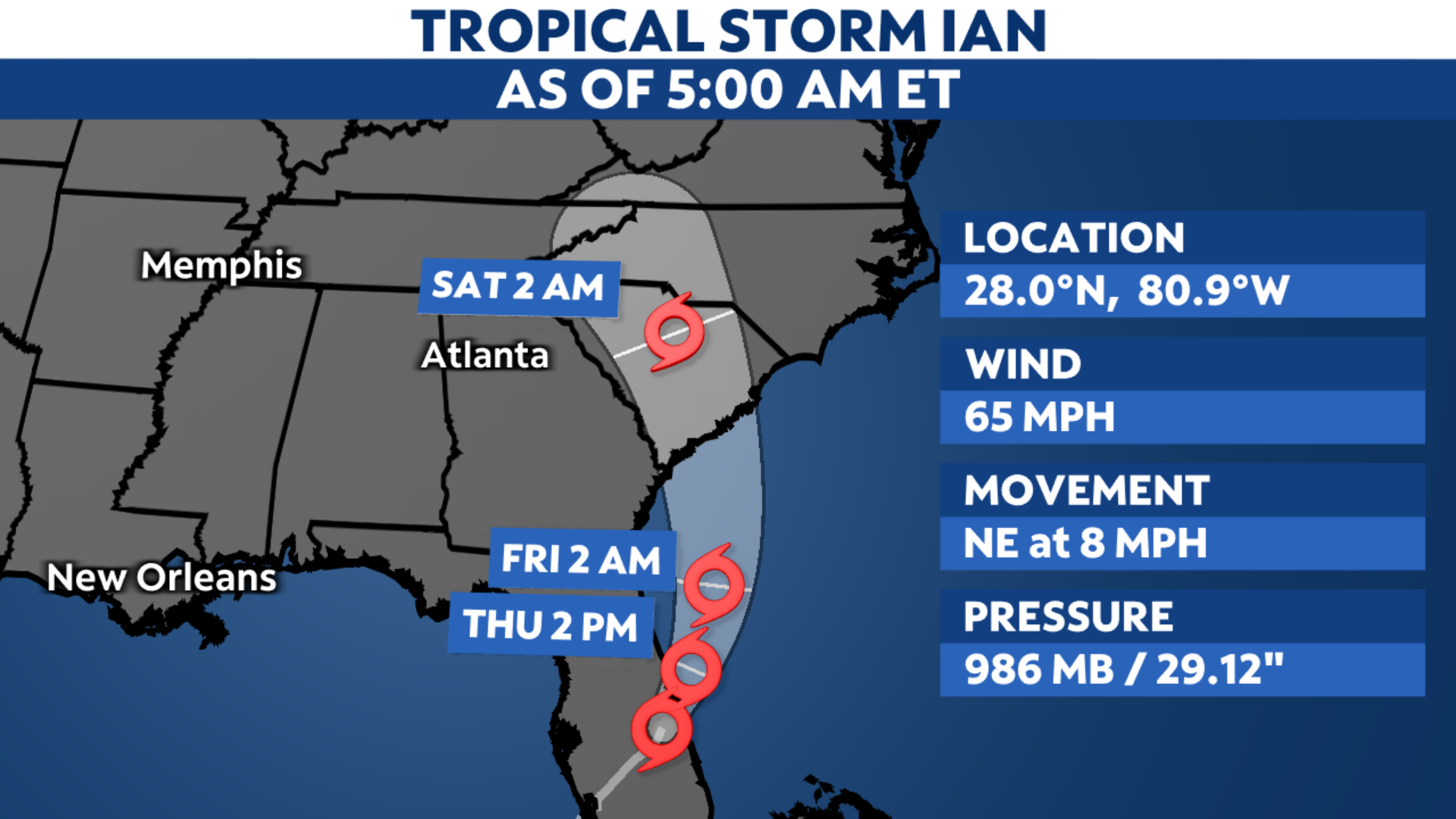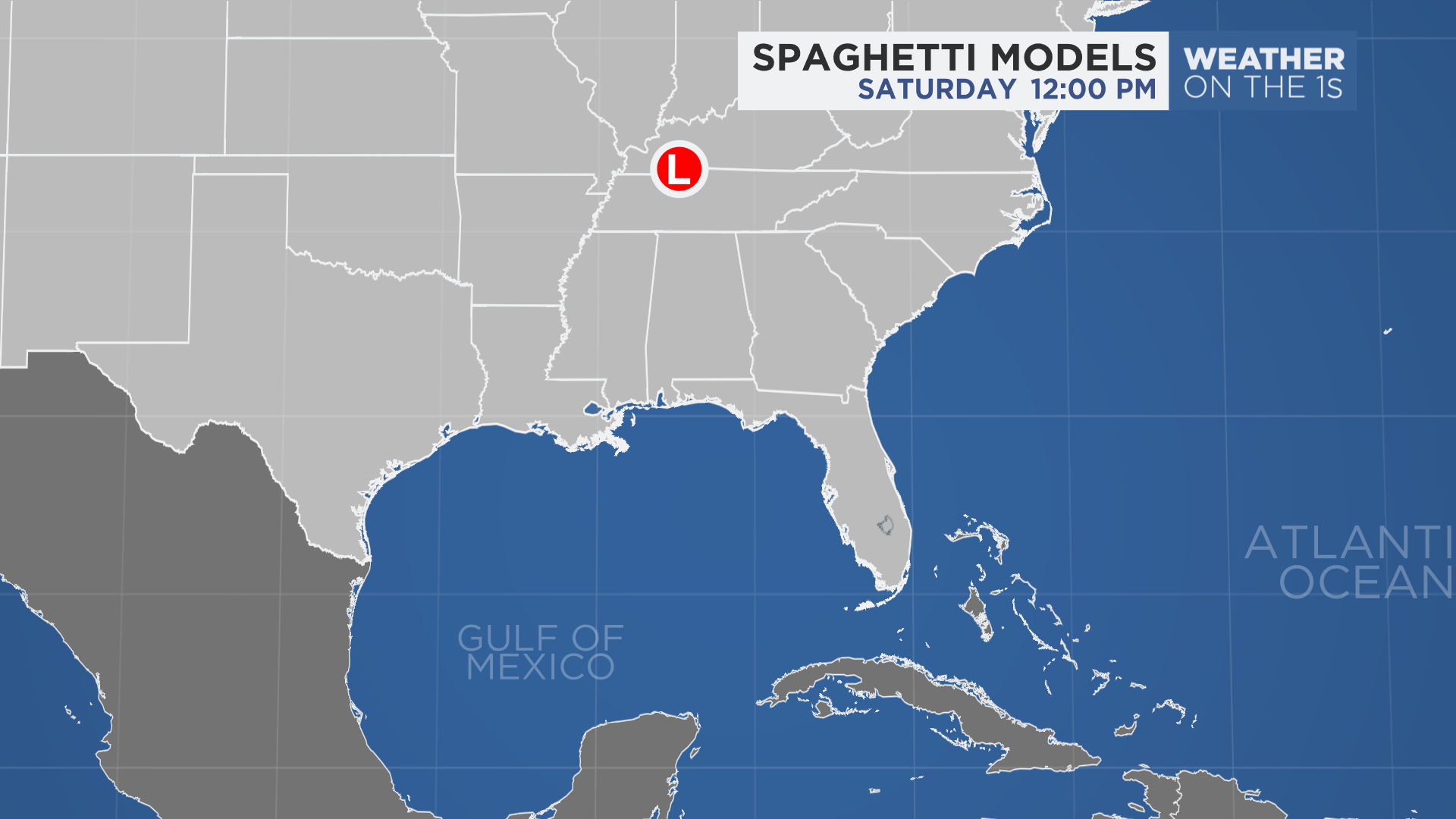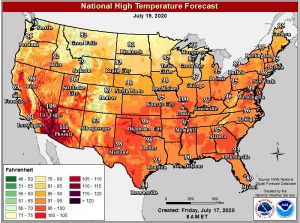Hurricane Ian made landfall in southwest Florida on Wednesday afternoon, the first hurricane to make landfall in the continental U.S. this year. Its first landfall was just after 3 p.m. on Wednesday in Cayo Costa, Fla. with max winds of 150 mph. After that, it made a second landfall as it moved inland just south of Punta Gorda near Pirate Harbor with max winds of 145 mph.
Even though Ian has been weakening since coming ashore, it will continue to produce damaging winds along with life-threatening flooding and heavy rainfall.
Ian’s current top estimated winds are 65 mph, taking it down from a hurricane to a tropical storm. It will briefly return to the Atlantic before it brings rain to Georgia, South Carolina and North Carolina.
A weather station near Port Charlotte reported a sustained wind of 115 mph with a wind gust of 132 mph as Ian made landfall Wednesday afternoon. Other parts of southwest Florida have reported dangerous storm surge, up to 12 to 18 feet inundation in spots.
Tropical storm conditions continue in parts of the peninsula Thursday, with occasional hurricane-force gusts.
Tropical Storm Warnings remain in effect for a good portion of the Florida Peninsula, extending up the Carolinas to Cape Lookout, N.C.
In addition to the strong winds, storm surge will also be a concern for parts of northeastern Florida coast on the Atlantic up to South Carolina, as Ian has the chance to strengthen again offshore in the Atlantic before it moves inland again near South Carolina. Surge there could be at least a few feet above ground level.
Parts of southwest Florida, including Naples, were inundated with high water on Wednesday as Ian came ashore. They still face some surge today, but nothing like on Wednesday.
Surge was highest near Ian’s center, and considerably lower farther north toward Tampa Bay.
A Storm Surge Warning remains in effect along most of Florida’s west coast, as well as Florida’s Atlantic coast for the Flagler/Volusia County line to the mouth of the St. Mary’s River, and the St. Johns River.
A Storm Surge Watch is in effect for the Florida Bay and the mouth of St. Mary’s River to South Santee River.
Along with all the other impacts, strong thunderstorms embedded in Ian’s outer bands could spin up tornadoes. The threat will be mainly confined to coastal areas of northeastern Florida on Thursday, then far eastern portions of the Carolinas on Friday.
Extremely heavy rain will lead to flooding. Some areas could receive more than a foot of rain. In those areas, damage from the flooding may be severe. River flooding will be major, possibly breaking records in some locations in Florida.
Farther north, rainfall in the Carolinas will top four inches in many locations, leading to some water issues there, as well.
While there’s some spread among computer forecast guidance, Ian’s center is expected to move back over water before curving back toward the Carolinas.
Spaghetti models or plots show a series of individual computer forecast models together on one map. They are useful to give insight into whether multiple models are in agreement on the path of the storm but they do not address the storm’s forecast intensity, winds, flooding and storm surge potential or other data. Tap here for more details on how to best use these models.
Ian’s history
Ian became the ninth named storm of the 2022 Atlantic hurricane season on the evening of Sept. 23. Even though it was slow to strengthen, Ian underwent rapid intensification once it become a hurricane on Monday.
Ian made landfall as a major hurricane just southwest of La Coloma, a town in the Pinar del Rio Province of Cuba around 4:30 a.m. on Tuesday morning.
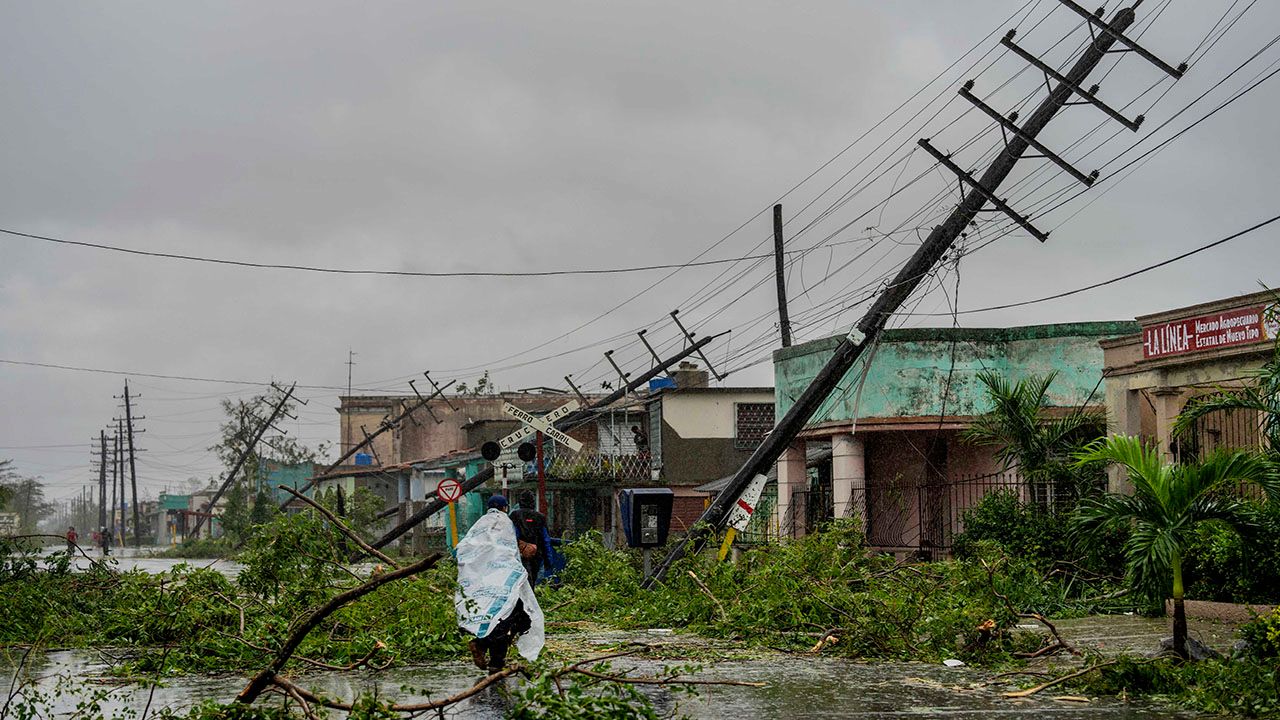
Fallen utility poles and fallen branches line a street after Hurricane Ian hit Pinar del Rio, Cuba, Tuesday, Sept. 27, 2022. Ian made landfall at 4:30 a.m. EDT Tuesday in Cuba’s Pinar del Rio province, where officials set up shelters, evacuated people, rushed in emergency personnel and took steps to protect crops in the nation’s main tobacco-growing region. (AP Photo/Ramon Espinosa)
Ian weakened slightly after passing over western Cuba, but still maintained its major hurricane status as it moved north into the Gulf. After completing an eyewall replacement cycle Tuesday night, Ian became a Category 4 hurricane early Wednesday morning.
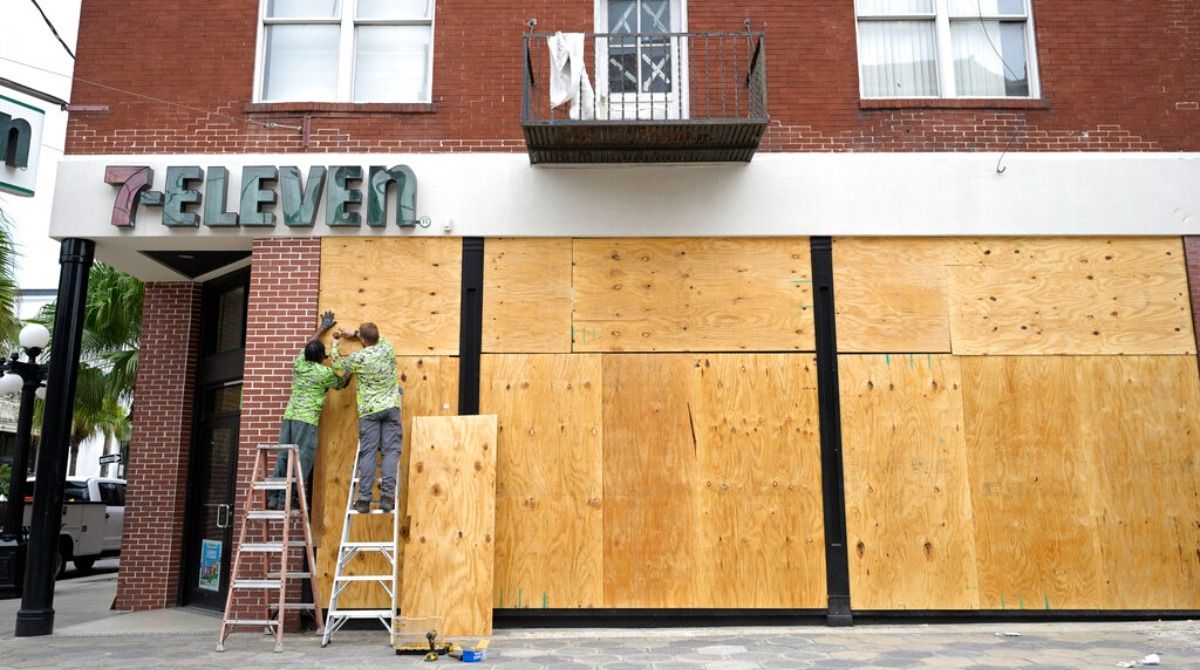
Workers board up the windows of a 7-Eleven convenience store in the Ybor City district in preparation for Hurricane Ian approaches the western side of the state, Tuesday, Sept. 27, 2022, in Tampa, Fla. (AP Photo/Phelan M. Ebenhack)
It made its first U.S. landfall in Cayo Costa in southwest Florida on Wednesday afternoon as a strong Category 4 Hurricane with max winds of 150 mph. After that, it made another landfall in mainland Florida. The second landfall happened just south of Punta Gorda near Pirate Harbor, Fla. with max winds of 145 mph.
Elsewhere in the Atlantic, there is one other tropical depression we are monitoring.
See how the 2022 Atlantic hurricane season has gone so far.

